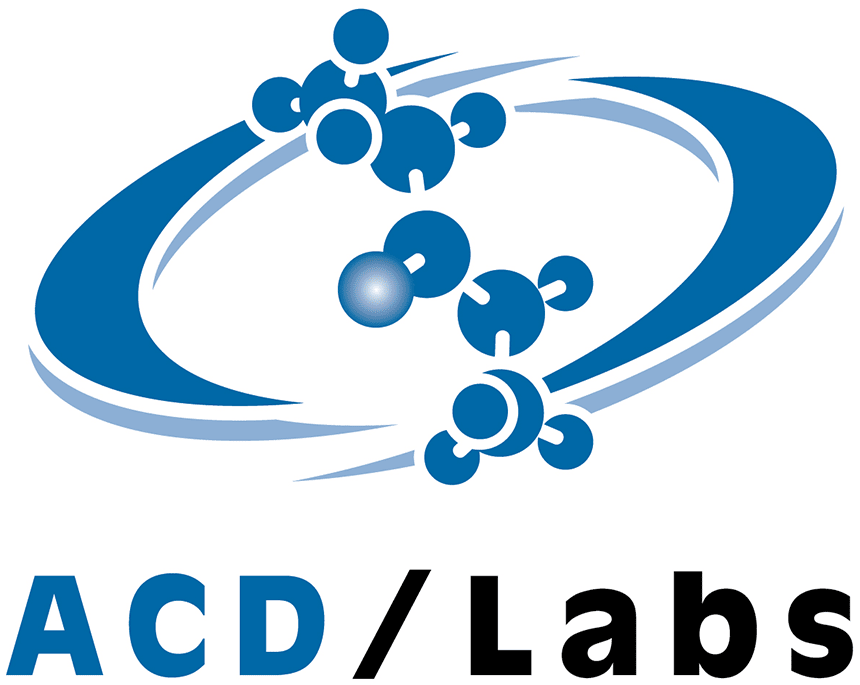Introduction
Volatile organic compounds (VOCs) emitted in breath have great potential for use in non-invasive disease diagnosis. This is largely due to the discovery of so-called ‘biomarkers’, which provide indicators of normal or abnormal states.
In large-scale clinical trials, hundreds of samples may be collected across multiple sites (e.g. clinics or hospitals) over the course of many weeks. During this biomarker discovery phase, an incorrect identification can compromise the validity of an entire trial, meaning that both robust analytical techniques and confident data mining are required.
Thermal desorption (TD) coupled with GC–MS is known as the ‘gold standard’ for breath analysis, due to its ability to capture a complete breath profile with high sensitivity. Here, we combine TD with advanced separation and detection by GC×GC–TOF MS to gain greater insight into sample composition.
However, data acquisition is just the beginning – the information-rich chromatograms must then be transformed into meaningful results. Here, we demonstrate the use of ChromCompare+, a powerful data mining and chemometrics platform, to automatically find significant differences between sample classes in complex datasets.
ChromCompare+ allows the raw data to be imported directly, minimising manual steps and reducing the risk of operator error prior to applying chemometrics. An integral step of the workflow is automated alignment of the chromatograms to ensure that retention time drift (a common problem in long-term clinical studies) does not adversely impact the results. Feature Discovery is performed on the raw data to find significant differences between sample classes. In metabolomics matrices, the diagnostic compounds are rarely of high abundance, but by utilising all the raw data, trace differences are less likely to be overlooked.
We will demonstrate how these innovative tools can allow automated untargeted workflows to be adopted, minimising laborious pre-processing steps and accelerating analytical workflows.





